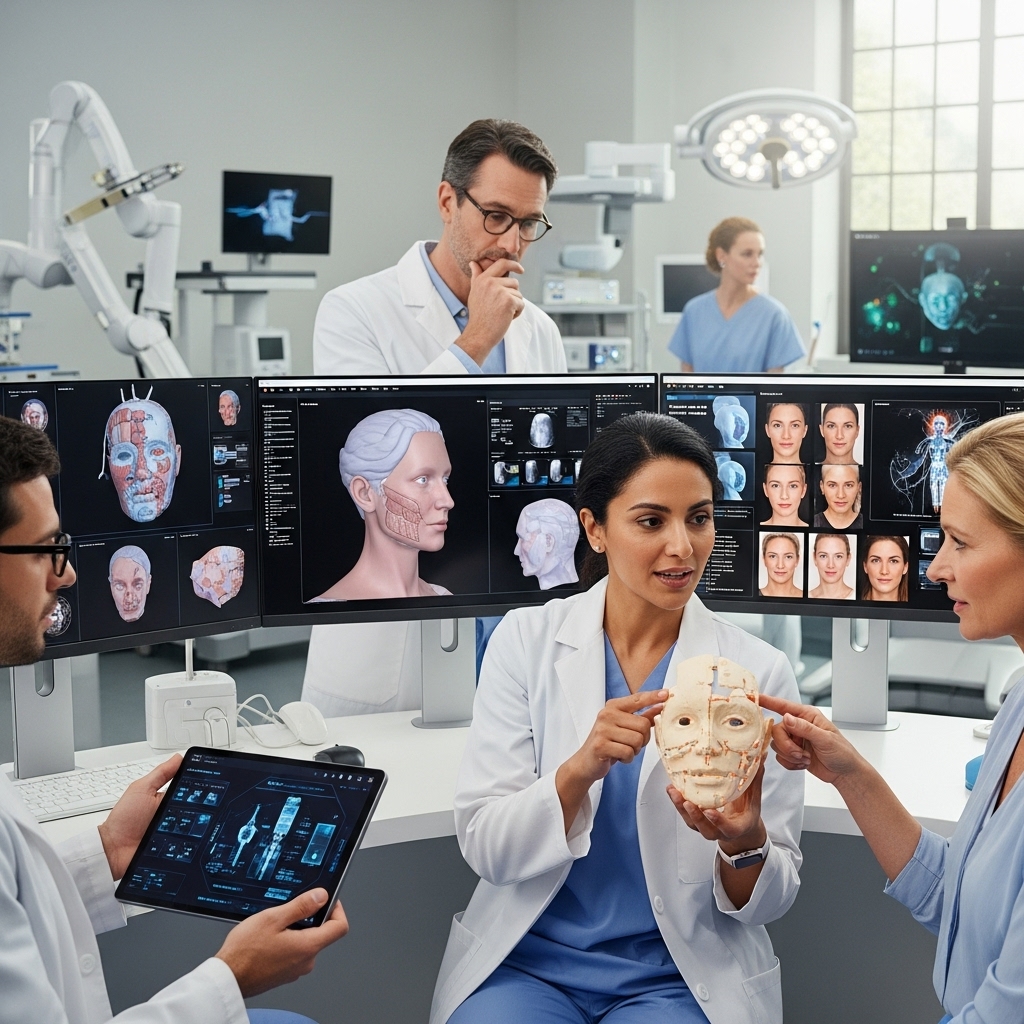
Introduction to the Evolution of Plastic Surgery
Plastic surgery has undergone significant transformations over the years, evolving from a niche medical discipline to a mainstream practice that caters to a wide range of aesthetic and reconstructive needs. The advancements in technology, coupled with a deeper understanding of human anatomy and physiology, have paved the way for innovative techniques that are safer, more effective, and tailored to individual preferences. This article delves into the latest advances in plastic surgery, exploring the cutting-edge methods, materials, and philosophies that are revolutionizing the field.
Advancements in Reconstructive Surgery
Reconstructive surgery, aimed at restoring form and function to damaged or defective body parts, has seen remarkable progress. One of the notable advancements is in microsurgery, which enables surgeons to perform intricate operations such as reattaching severed limbs, reconstructing damaged blood vessels, and transferring tissue from one part of the body to another. For instance, microsurgical breast reconstruction after mastectomy has become a game-changer for many patients, offering a more natural look and feel compared to traditional implants. Furthermore, the development of perforator flaps has reduced donor site morbidity, making the recovery process smoother for patients.
Cosmetic Surgery Innovations
Cosmetic surgery, focused on enhancing aesthetic appeal, has also witnessed a surge in innovative techniques. Non-invasive and minimally invasive procedures have gained popularity due to their reduced risk, shorter recovery times, and subtle, natural-looking results. Botulinum toxin (Botox) and dermal fillers are staples in the cosmetic arsenal, used for wrinkles, facial rejuvenation, and lip augmentation. Moreover, the advent of high-definition liposuction allows for more precise fat removal and body contouring, enabling patients to achieve the desired silhouette with minimal scarring. Laser technology has also expanded its role in cosmetic surgery, from skin resurfacing and hair removal to treating vascular lesions and promoting skin tightening.
Technological Integrations in Plastic Surgery
The integration of technology into plastic surgery has been a significant factor in its evolution. Computer-aided design/computer-aided manufacturing (CAD/CAM) and 3D printing technologies are being utilized to create custom implants, surgical models, and even bioengineered tissues. These tools enhance the precision of surgical planning and execution, leading to better outcomes and reduced complication rates. Virtual reality (VR) and augmented reality (AR) are also being explored for their potential in surgical training, patient education, and intraoperative guidance, promising to further refine the practice of plastic surgery.
Personalized Medicine in Plastic Surgery
The concept of personalized medicine, tailoring treatments to the individual's unique genetic, environmental, and lifestyle factors, is gaining traction in plastic surgery. Genetic testing can help predict an individual's risk for certain complications or their likelihood of scarring. Furthermore, personalized 3D printed models and implants are being designed to match the patient's anatomy perfectly, potentially improving the success rate of surgeries. The use of platelet-rich plasma (PRP) and stem cell therapies, derived from the patient's own tissues, is being explored for wound healing, hair restoration, and facial rejuvenation, offering a promising avenue for natural, autologous treatments.
Safety and Ethical Considerations
As with any medical field, safety and ethical considerations are paramount in plastic surgery. The rise of medical tourism and the proliferation of unqualified practitioners performing cosmetic procedures have raised concerns about patient safety and the need for stricter regulations. Professional societies and boards are working tirelessly to establish and enforce standards, ensuring that patients receive high-quality care. Moreover, there is a growing emphasis on informed consent, psychological evaluation, and post-operative support to address the mental and emotional aspects of undergoing plastic surgery.
Conclusion: The Future of Plastic Surgery
The landscape of plastic surgery is continually evolving, driven by technological advancements, a deeper understanding of human biology, and a patient-centric approach. As research and innovation continue to push boundaries, we can expect even more sophisticated and personalized treatments to emerge. Whether it's reconstructive surgery aiming to restore function and form or cosmetic procedures enhancing aesthetic appeal, the future of plastic surgery holds promise for safer, more effective, and more tailored interventions. As the field moves forward, it's crucial for professionals, policymakers, and the public to engage in ongoing dialogue about the benefits, risks, and ethical implications of these advancements, ensuring that plastic surgery serves the best interests of patients worldwide.
